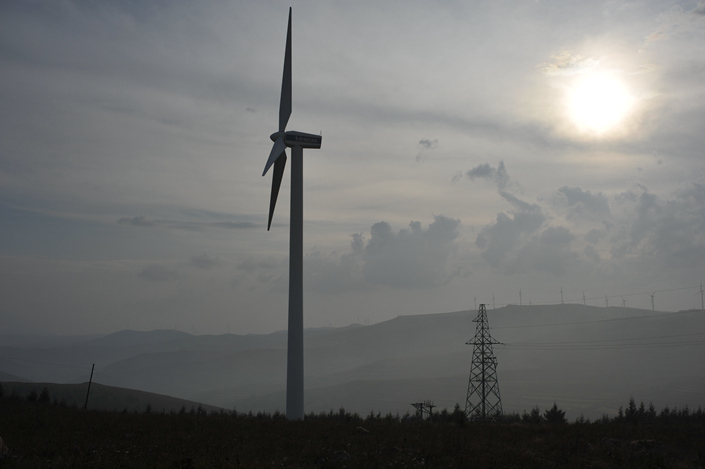Local Chinese Government Debts Make Way Into Green-Bond Indexes

For the first time, China’s major green-bond indexes are including local government debts backing projects that address the climate-change challenge.
An inclusion in the benchmarks will better represent the overall market performance and push issuers to adopt more-stringent information disclosure standards — a problem that has been plaguing the nascent sector.
Nine local government bonds, which had raised 26 billion yuan ($4.0 billion) combined, are now part of the family of two homegrown benchmarks — the ChinaBond China Green Bond Index, and the ChinaBond China Green Bond Select Index — said the China Central Depository & Clearing Co. (CCDC), which clears and settles for the interbank bond market.
A green bond is a debt security that is issued to raise capital specifically to support climate-related or environmental projects. Debt financing for environmentally friendly projects in China have grown exponentially since early 2016. Back then, the state planner, the National Development and Reform Commission, issued guidelines that encouraged nonbanks to issue green bonds. Later, China’s signing onto the Paris Agreement also incentivized investment in a low-carbon economy.
The first in China was a $300 million debt issued by wind-power company Xinjiang Goldwind in July 2015. In 2017, the world has issued $72.8 billion worth of green bonds, 30% of which are from China, the world’s biggest issuer, according to the Climate Bonds Initiative, a London-based nonprofit that aims to mobilize debt markets to address climate change.
“The addition will help indexes better reflect the overall performance of China’s green-bond market. More importantly, we hope this will further push local governments to step up issuing more green bonds while standardizing information disclosure — particularly on the environmental aspect,” the CCDC said in a statement issued earlier this week.
Among the nine local debts included, seven are committing all their respective funds raised to climate-related or environmentally friendly projects, including pollution mitigation, nonfossil-fueled transportation, species protection, and climate-change adaptation, the CCDC said.
Two others are committing 62% and 71% of their respective funding to projects that are classified as green, the CDCC added, without elaborating.
An executive from a consulting unit under the State Council who was in the selection panel told Caixin that the chosen green bonds demonstrate a high concentration of green projects, and are usually smaller bonds with a size of between 1 billion and 2 billion yuan. The invested projects usually offer prospects of sustainable income stream and a significant social impact, the executive added.
Another executive, from the CDCC, told Caixin that even among the newly included local government bonds, the disclosure of some of them is far from satisfactory. This executive said, for instance, some bonds have disclosed very little information on the projects themselves, or the metrics that will be used for impact evaluation.
In 2016, 29 Chinese companies and financial institutions raised more than 201 billion yuan through the sale of 66 green debt instruments, including medium-term notes and asset-backed securities, according to a report jointly issued by the CDCC and the Climate Bonds Initiative.
Contact reporter Aries Poon (ariespoon@caixin.com)

- 1China Moves to Tighten Air-Quality Standards as Beijing Reports Best-Ever Skies
- 2China Threatens EU After Carbon Border Tax Takes Effect
- 3Gansu Ex-Vice Governor Jailed 15 Years for Bribery, Insider Trading
- 4Cover Story: How Resource Nationalism Is Redrawing the Global Mineral Playbook
- 5Trump Orders Chinese-Controlled Firm to Unwind Purchase of U.S. Chip Assets
- 1Power To The People: Pintec Serves A Booming Consumer Class
- 2Largest hotel group in Europe accepts UnionPay
- 3UnionPay mobile QuickPass debuts in Hong Kong
- 4UnionPay International launches premium catering privilege U Dining Collection
- 5UnionPay International’s U Plan has covered over 1600 stores overseas




